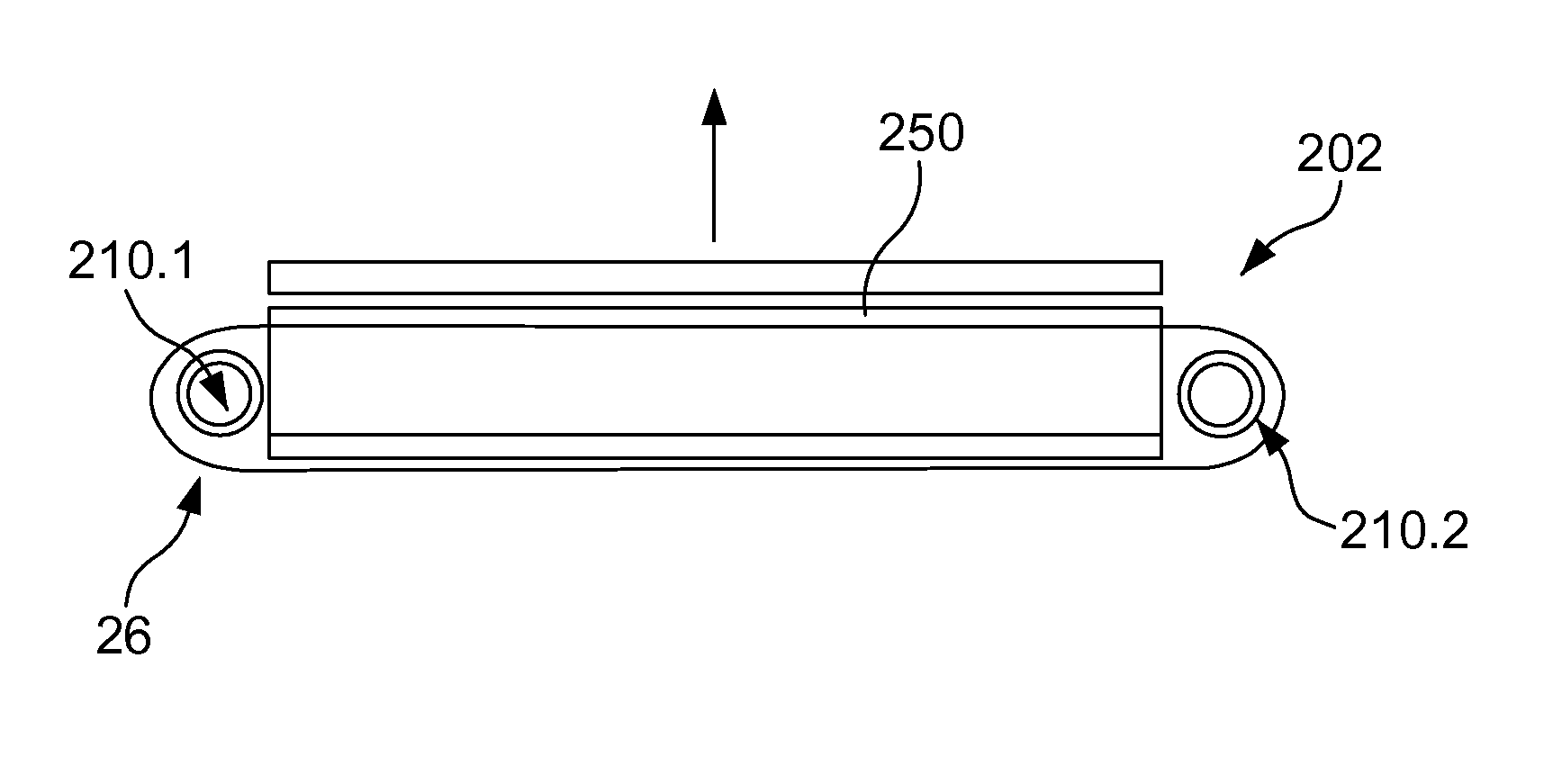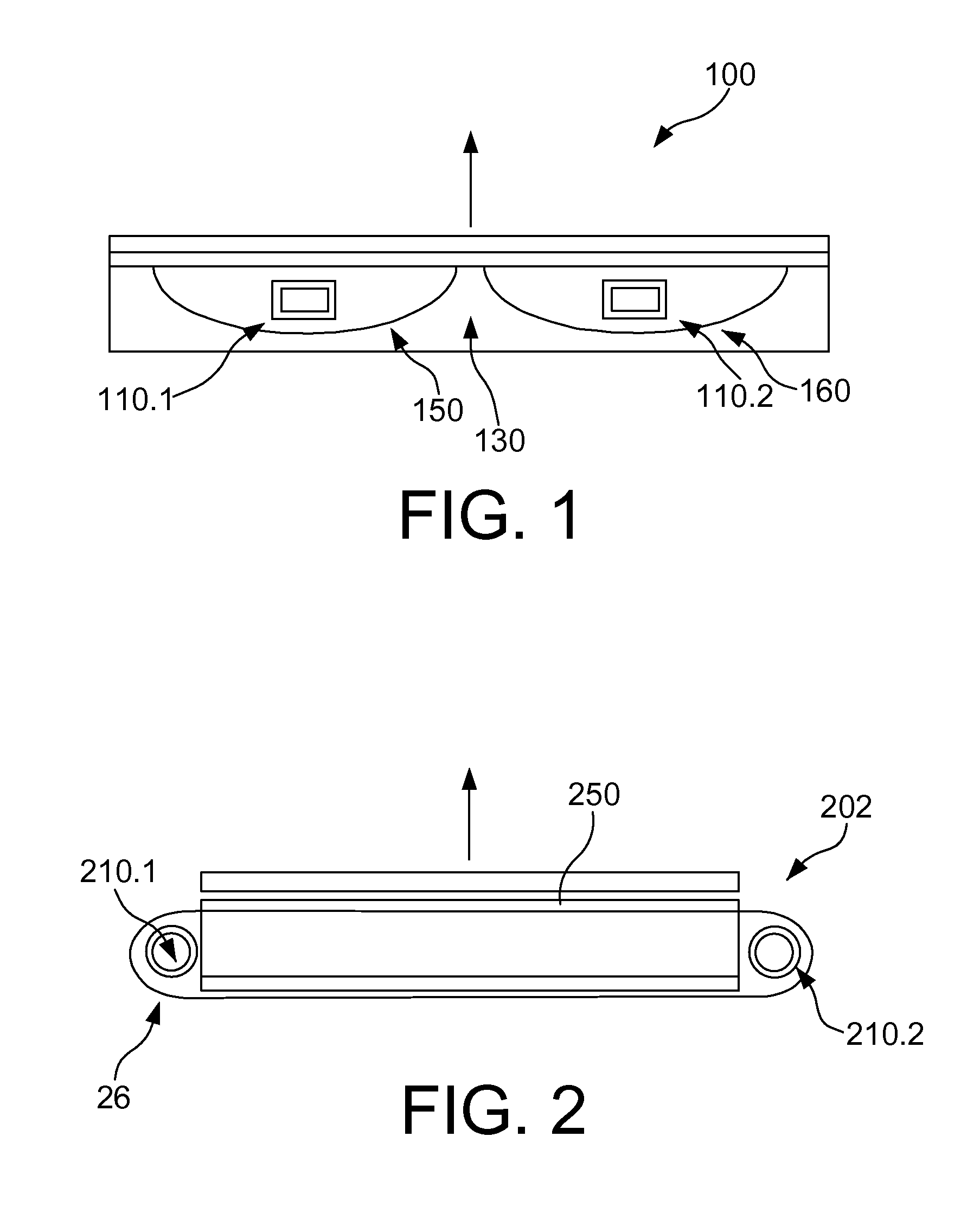Alkali-free aluminoborosilicate glasses for lighting means with external or internal contacting
a technology of aluminoborosilicate and glass, which is applied in the field of alkali-free aluminoborosilicate glasses for lighting means, can solve the problems of high energy consumption, high cost, and disadvantageous tendency of alkali-containing glasses to so-called blackening, and achieves the effects of high phosphorus content, improved workability of glasses, and glass transformation
- Summary
- Abstract
- Description
- Claims
- Application Information
AI Technical Summary
Benefits of technology
Problems solved by technology
Method used
Image
Examples
examples
[0109]Glass compositions equally suitable for glass casing bodies of lighting means with external or internal electrodes are shown in the following table in which the thermal coefficient of expansion (“alpha” or CTZE), the glass transformation temperature Tg and the density are given. Furthermore, T xx designates the temperature (° C.) at a viscosity of 10xx dPas.
exemplary embodiments 1 to 5
[0110]
Emb. 1Emb. 2Emb. 3Emb. 4Emb. 5SiO261.4566.7065.6065.4052.00Al2O32.302.002.207.8022.00B2O311.255.5012.805.501.60MgO3.203.704.004.007.50CaO7.357.902.102.007.20SrO2.452.302.200.30—BaO12.0011.9011.2015.001.75P2O5————7.80Sum100.00100.00100.10100.00100.00Alpha4.955.003.994.004.1Tg613653620690740Density2.65892.69092.55752.6565T14.5611636627671T13630667645707730T7.6867911890955950T412051264126813221235T31388145214281292T21596164216771691alpha (CTE) . . . Longitudinal extension in 10−6 / K
exemplary embodiment 6
[0111]The target was to produce a glass with the lowest possible TiO2 content and yet obtain satisfactory UV blocking. The combination of titanium and iron was found to be especially advantageous for UV blocking. The following glass composition was therefore produced:
SiO255.47wt. %B2O37.65wt. %Al2O313.50wt. %MgO2.45wt. %CaO10.00wt. %BaO9.20wt. %TiO21.50wt. %CeO20.20wt. %Fe2O30.03wt. %
[0112]The processing temperature of the glass was approximately 1185° C.; good devitrification qualities were present. The glass could be melted and refined very well (1550° C.). FIG. 4 shows the transmission spectrum of this glass.
[0113]Even this glass composition in accordance with the invention is likewise suitable for lighting means with external or internal electrodes.
PUM
| Property | Measurement | Unit |
|---|---|---|
| Temperature | aaaaa | aaaaa |
| Pressure | aaaaa | aaaaa |
| Angle | aaaaa | aaaaa |
Abstract
Description
Claims
Application Information
 Login to View More
Login to View More - R&D
- Intellectual Property
- Life Sciences
- Materials
- Tech Scout
- Unparalleled Data Quality
- Higher Quality Content
- 60% Fewer Hallucinations
Browse by: Latest US Patents, China's latest patents, Technical Efficacy Thesaurus, Application Domain, Technology Topic, Popular Technical Reports.
© 2025 PatSnap. All rights reserved.Legal|Privacy policy|Modern Slavery Act Transparency Statement|Sitemap|About US| Contact US: help@patsnap.com



